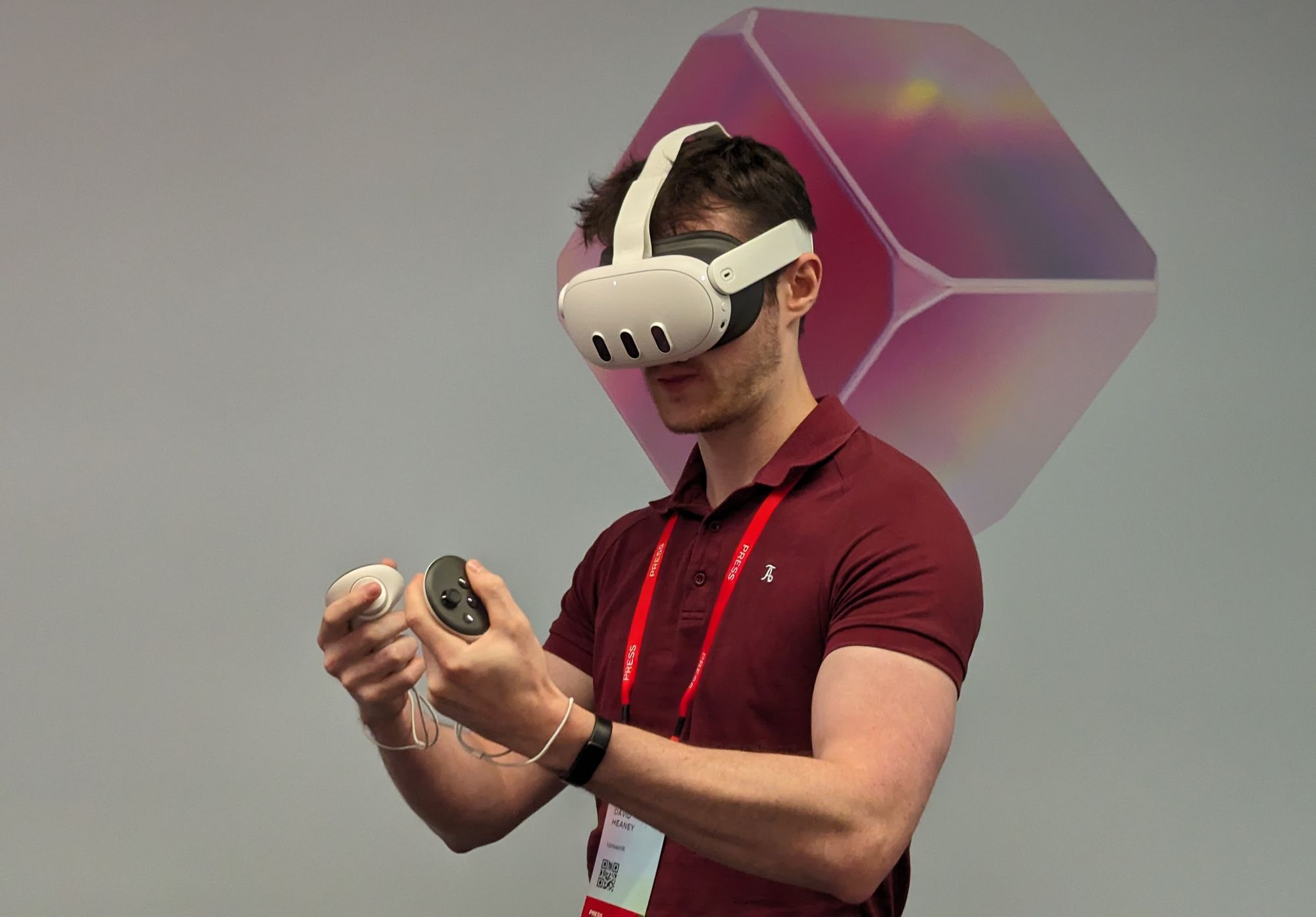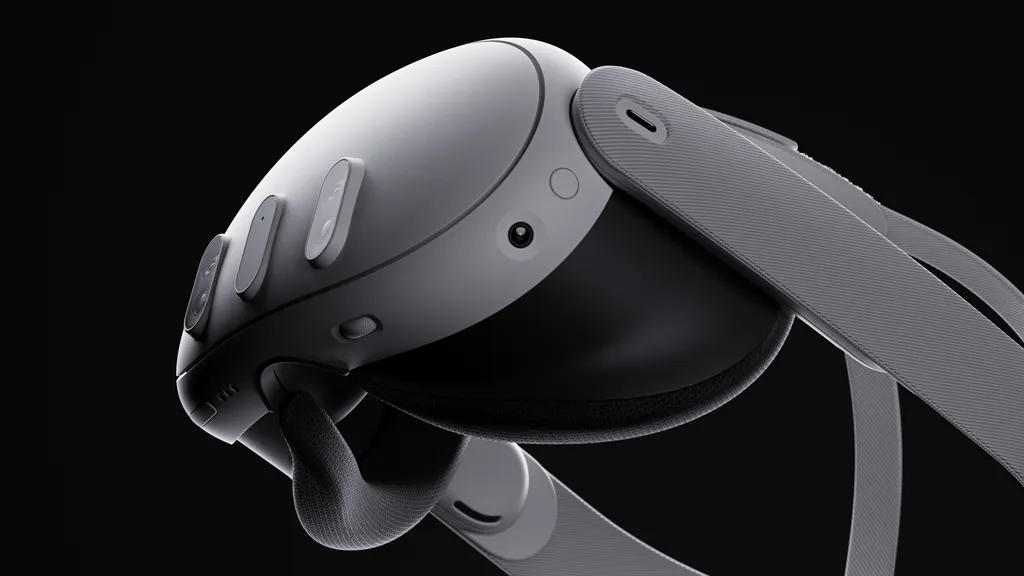Supply chain analyst Ming-Chi Kuo claims Meta is set to sell significantly fewer Quest 3 headsets than originally forecast.
Kuo's latest report on Meta's Reality Labs AR/VR division claims the original forecast for Quest 3 was 7 million units by the end of this year, but that has been downgraded to around 2.5 million.
On Meta Store and most online retailers, the 128GB Quest 3 model remains readily available for launch week delivery, though in some regions the 512GB model is backordered two weeks. This suggests demand from enthusiasts is higher than expected, but not demand from regular consumers.
It's important to keep in mind that claims from supply chain analysts sometimes turn out to be false.

Quest 2 launched at $300 and outsold all its predecessors combined to become the first mainstream VR headset, reportedly selling almost 20 million units in less than 3 years.
Quest 3 brings significant improvements over its predecessor: a 40% slimmer visor, much sharper lenses, a more than twice as powerful GPU, relatively high resolution color passthrough, ringless controllers, and soon upper body tracking. With its mixed reality capability it even promises to deliver entirely new kinds of experiences.
But all these upgrades come at a cost, with Quest 3 starting at $500. That's a lot more expensive than Quest 2 was and puts it into a different pricing category, out of reach for some people who may have readily jumped in at $300 - or even $350 if you adjust Quest 2's launch price for inflation.
Meta struggled to sell Quest Pro last year at its launch price of $1500, and had to cut the price to $1000 just four months later.
Weak sales of Quest 3 would not necessarily be a deal-breaker for Meta's long term XR strategy, though. According to an internal roadmap leaked to The Verge before Quest 3 was even announced, Meta was already planning to release a cheaper headset in 2024 "at the most attractive price point in the VR consumer market.”






























